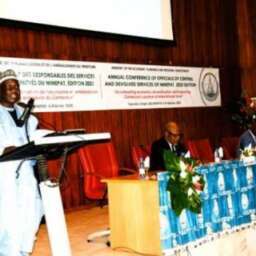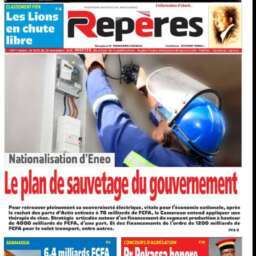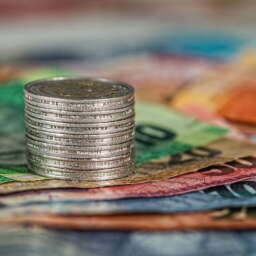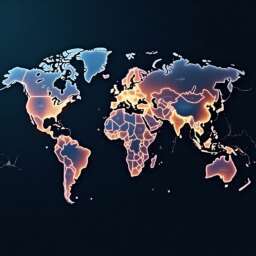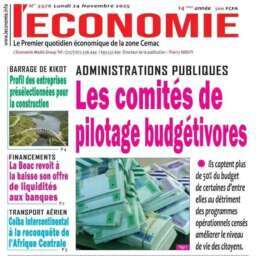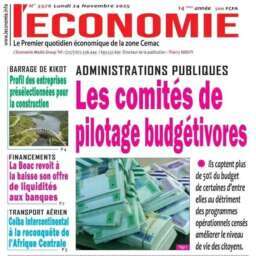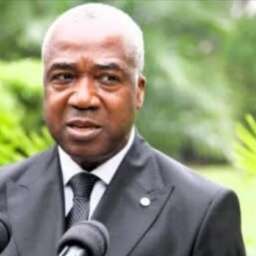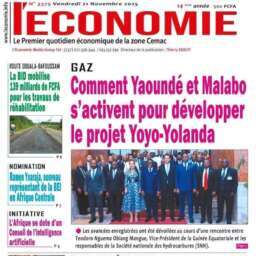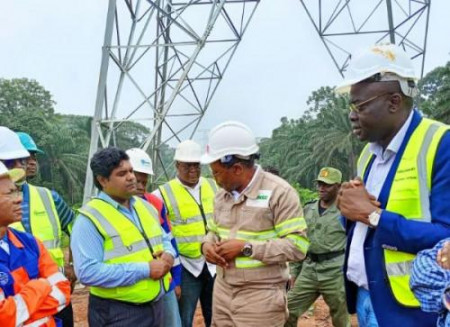(Business in Cameroon) – The Cameroonian government is preparing a major overhaul of its electricity transmission sector, opening it to private investment through Public-Private Partnerships (PPPs). The reform aims to stabilize power supply, improve the system’s financial viability, and address the weaknesses of the still-fragile national transmission company, Sonatrel. It is part of the National Energy Compact, a plan designed to attract an additional $12.5 billion in funding by 2030.
Ending Sonatrel’s Monopoly
Created in 2018, Sonatrel holds a monopoly on power transmission, separate from distribution. But the company has struggled to fulfill its role as the backbone of the national grid. According to the Ministry of Water and Energy (MINEE), nearly 30% of national output is lost during transmission due to poor infrastructure and maintenance.
The reform seeks to strengthen this critical link to carry electricity from new dams, including Nachtigal (420 MW), Kikot, and Grand Eweng, and to fully connect the national grid by 2028. The country currently operates 3,405 km of transmission lines, with 1,921 km at 225 kV, but the network remains saturated and unevenly distributed. Repeated outages in the Southern Interconnected Network (RIS) highlight the limitations of a system the World Bank has called “insufficient” in both transmission and distribution.
While some initiatives, such as Sonatrel’s agreement with Prometal to secure a direct high-voltage supply for the country’s main steelmaker, signal change, the current model shows severe limitations. For instance, the Cameroon-Chad Interconnection Project (PIRECT), intended to export up to 100 MW to N’Djamena, faces a funding shortfall of 150 billion XAF, which has delayed the project and raised its overall cost, according to Investir au Cameroun (June 2025). This funding gap symbolizes the financial constraints hindering Sonatrel’s expansion.
Betting on Private Investment
By opening transmission to private investors, Yaoundé hopes to fast-track major infrastructure projects while easing pressure on public finances. The Energy Compact aims to attract international partners, improve interconnections, and reduce technical losses.
The success of this shift rests on three key factors. First is the establishment of a clear and predictable regulatory framework. While Sonatrel has operated under a modern market code and tariff framework since 2019, Minee acknowledges the need to strengthen support measures for the reform.
Second is the financial credibility of the sector. Arrears between the state, public entities, and the distributor Eneo continue to strain cash flow and investor confidence. The World Bank warned in its June 2024 report that “even an efficient transmission system will not produce its effects if distribution and public clients do not pay regularly.”
Third is improved governance. Donors consistently rate political, fiduciary, and environmental risks as “high to substantial,” citing slow procedures and opaque management of public contracts in the sector.
Risks Under Scrutiny
The liberalization will require strong guarantees. PPPs will require long-term contracts with indexation clauses and availability payments to reassure investors. Without these safeguards, private partners will demand high risk premiums, potentially increasing the final cost of electricity prices.
International guides, such as those published by the World Bank and GI Hub (2019), stress the need for clear risk allocation in power transmission projects, specifying who bears currency, revenue, or regulatory change risks. Yaoundé must address these issues before moving forward.
The government is also preparing a restructuring of the distribution segment, expected by the end of 2026, to rebalance the relationship between costs, tariffs, and collections. Without a comprehensive reform, the gains made in transmission could be lost further down the chain.
This reform marks the transition from a rigid state monopoly to a hybrid model that blends public authority with private capital. It is a delicate but necessary shift to ensure energy security for a country pursuing industrialization. The major underlying challenge remains: convincing investors that Cameroonian power can finally flow without either financial or electrical interruptions.
Amina Malloum




